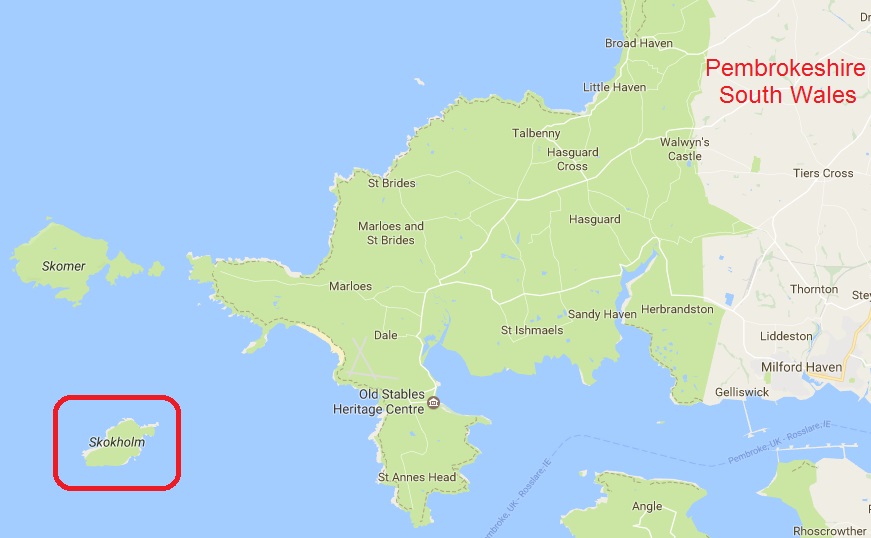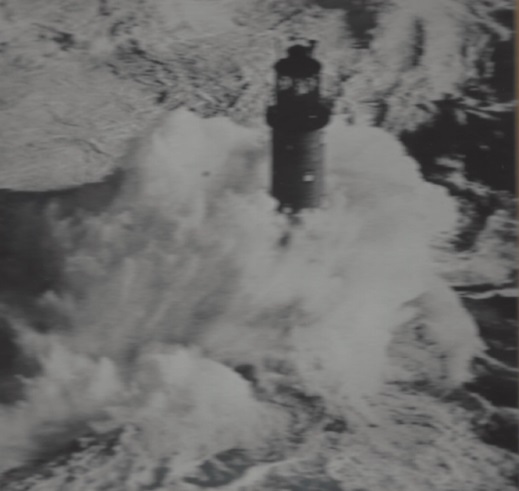As well as working on the light and fog signals, shipping had to be monitored and weather reports logged and radioed in to the nearest coastguard station twice a day. Daily cleaning of either the lens, glazing or brass work was rather time consuming. Being chef came up every third day, and we took great pride in serving up nice meals and trying to be ‘one-up’ on the others in friendly rivalry. Our off-duty time was spent catching up on sleep or busying ourselves with a variety of hobbies, such as making rugs, corn dollies, ships in bottles, reading and, when on the Eddystone and weather permitting, flying a kite we had made out over the reef to catch Mackerel and Bass. This was without question an unique form of fishing. A long piece of nylon trace with hook and silver foil on rubber were attached to the kite, which was then flown out over the rocks to calmer water. Lots of skill was needed to manipulate the ropes from the balcony in such a way as to get the artificial bait just below the surface and yet keep the kite out of the water. We caught many fish by this method. As well as being great fun, it supplemented our menu. The weather played a big part in our daily lives on these lonely rock towers. Some days the sea would be flat calm and others a boiling inferno with mountainous waves hitting the tower and running up and over the top, cups, plates, saucers shaking in the process. A few days prior to the end of one’s term of duty, the shipping forecast received a little more attention than normal and the worst possible news was to hear that low pressure was intensifying in the Bay of Biscay and that a gale was imminent. This actually happened on my first visit to Eddystone and, for eleven long days, we were battered by a force 9 – 10 from the south west. No relief was possible.
Helicopters had not been tried and tested for relief work in those days and of course no helipads built, so we had to sit it out and wait and allowance our rations accordingly. By the twelfth day the wind had abated and the following morning we looked out onto a rather different scene; the raging inferno had spent itself and, slowly, sanity was restored. An hour or so later, we spotted a whiff of smoke on the horizon. A quick scan with the telescope confirmed what we had hoped. Yes, it was the tug on its way to take two of us home and back to civilisation. The drop down the rope, instead of up, was filled with joy – we were going home! The ten weeks spell on the Eddystone, my first of many rock stations including the Longships, Wolf Rock, Bishop Rock and the Smalls, was quite an experience which would fill many more pages. During my 51/2 years as a Trinity House Lighthouse keeper I visited many weird and wonderful places, among them: the Island of Sark in The Channel Islands, with its quaint pony and trap conveyances; Skokholm Island with wonderful sea bird life off the Welsh coast; and the weird and haunted Island of Flatholm in the Bristol Channel; other highlights including: the fantastic feeling when standing amongst 22,000 gannets on the tiny islet of Grassholm, plus the landlights such as Pendeen, St Anthony, Trevose Head, Padstow, Orfordness, Dungeness, Hartland Point and last, but not least, The Lizard. On the downside, the fears when being washed off the landing stage by a freak wave on the Smalls and just managing to hold on to a station protruding out of the rock, and the ducking I received when being winched on to the Wolf Rock. Alas this is now past history and these now silent sentinels, which down through the years have saved many thousands of men, have become automated.
Edwin Carter




